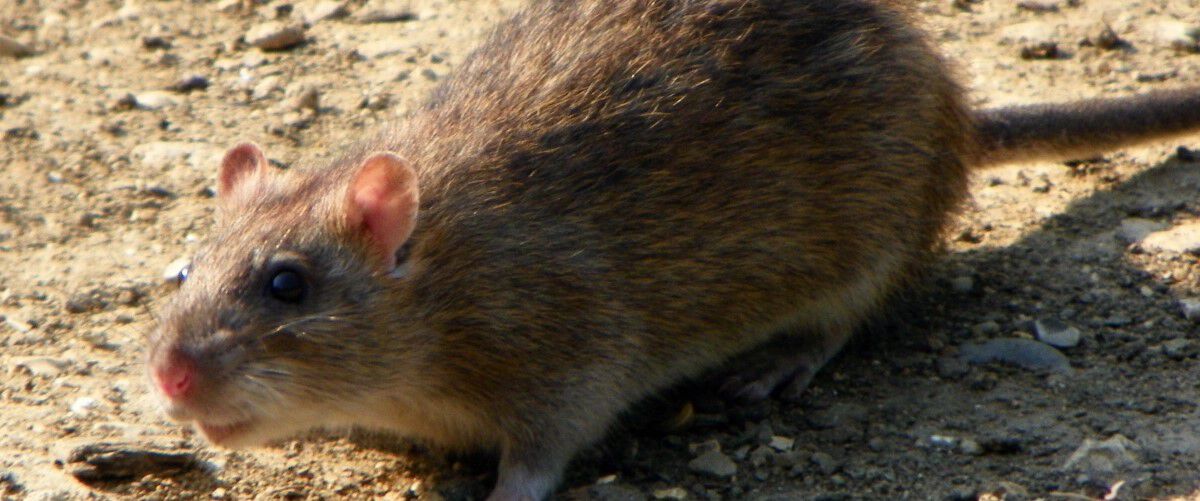Pest Patrol
By Brad Fitzpatrick

Native species have adapted over time to thrive in a particular habitat, but when that habitat is invaded by non-native species, the results can be devastating. One such invasive pest is the European starling, Sturnus vulgaris. In 1890, a gentleman living in New York by the name of Eugene Schieffelin decided to release 60 starlings in Central Park and American wildlife has been suffering the results ever since. Starlings are notoriously hard on crops and destroy outbuildings. They also nest in holes in trees that they steal, displacing native birds like the red headed woodpecker.
I do my part to control the starling population around my house, and my ammo of choice is CCI Quiet-22. I’m not trying to keep the neighbors happy by using subsonic ammo (although I’m sure that they appreciate it) but rather to prevent disturbing other wildlife as much as possible while whacking starlings.

Living in a rural area as I do, there is a steady stream of rodents, snakes and birds bent on stealing crops and destroying stuff. When I was growing up, we had a corn crib with a notoriously large rat population. How the rats gained access to the crib I’ll never know, but they were there just the same, eating corn, making a mess and scaring the life out of anyone who walked into the crib.
Snake Eyes
Starlings and rats were bad, but at least my little corner of the Midwest wasn’t plagued by venomous snakes. I don’t begrudge snakes their right to live in most cases, but when venomous ones have settled in or around a permanent shelter, they need to go. I have friends who run squirrel, rabbit, raccoon, and bird dogs, and most every one has at least one story about a close encounter with a snake.

Tom Loy, one of the leading Gordon setter breeders in the country, had his stud dog Pistol Pete hit by a rattler near his home in southern Idaho. Thankfully, Loy had the foresight to have Pete vaccinated against the venom, or he might have lost him. Loy now keeps a Smith & Wesson .22 revolver loaded with CCI Rimfire Shotshell handy for dispatching snakes.
“It’s not if you run into a snake, it’s when,” he says.
A Shotgun Approach
Rats, starlings and snakes can all be a problem and they must be dealt with. But which ammo should you use? That depends on your firearm, where you live, and what species of vermin you’re dealing with. CCI offers the most extensive line of specialty pest control ammunition on the market, and it’s not just limited to rimfire. If you’re dealing with snakes, rats, or other pests at close range then Centerfire Handgun Pest Control Shotshells are the answer. The line includes shotshell ammo for 9mm Luger, 38 Special/357 Magnum, 40 S&W, 44 Special/44 Rem Mag, and 45 Colt. The 9mm load contains No. 12 shot while the other centerfire offerings are loaded with No. 9. Big 4 loads contain No. 4 shot and are available in 9mm Luger, 38 Spl./357 Magnum, 44 Special/44 Magnum and 45 Colt.

All Pest Control shotshell ammunition houses pellets inside a polymer cup. This prevents the shotshell from damaging the bore and helps keep the shot packed tightly after leaving the barrel for better patterns. To be fair, Pest Control ammo was never designed for use on game, nor is it meant for shooting much beyond a few yards. But the beauty of these shotshells is that they don’t pack the same punch as, say, a .410 or 20 gauge. You don’t need a lot of killing power for a snake or rat and close range, and there’s a good chance they’ll be in your flower bed or in your yard, neither of which you’d like to plow up with a 1-ounce load of No. 6s traveling at 1,200 feet per second.
Off-Grid Protection
Pest control isn’t just a concern around your home. Like many people, I carry a sidearm in the wilderness and the perfect compliment to your backup gun is a 10 pack of Pest Control Shotshells. They’re perfect for dispatching snakes and thieving rodents, and they’re also fun to plink around with near camp. Odds are you won’t be firing your hard cast 44 Magnum ammo for kicks, but the fun of slapping pine cones around with your Pest Control ammo won’t run out until your ammo does.
Of course, CCI also offers lots of standard rimfire options for pest control. Quiet-22 is an excellent option if you’re shooting 22 LR, and Short Hollow Point and CB 22 Long rounds are low-powered and ideal for rimfire guns. The 22 Long pushes a 29-grain lead round nose bullet at just 710 feet per second, making it ideal for dispatching small vermin at close range. If you require a round with a bit more punch, Stinger 22 LR fires a copper-plated 32-grain hollow point at 1,640 feet per second.
Unfortunately rats, snakes, starlings and the gamut of vermin are here to stay, and so we’ll have to deal with them. Choose wisely from the broad range of ammunition options and you’ll be well equipped for the task.